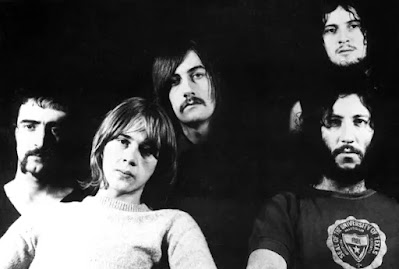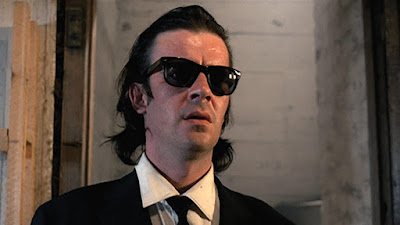In a Best Picture race that is all but over, Werner Herzog at least threw a little more flour into the dying flame with his controversial, or maybe just confusing, remarks on Greta Gerwig’s “Barbie.” Talking to noted horse’s ass Piers Morgan, the eccentric and esoteric German director was asked to weigh in on the Barbenheimer phenomenon that in so many ways defined moviegoing in 2023. Herzog confessed he had yet to see “Oppenheimer,” likely Best Picture winner, but of “‘Barbie,’” he said, “I managed to see the first half-hour. I was curious and I wanted to watch it because I was curious. And I still don’t have an answer, but I have a suspicion – could it be that the world of ‘Barbie’ is sheer hell?” Of course, Herzog also admitted he had only watched the first 30 minutes of “Barbie,” which perhaps ruled his view out of order, though plenty seemed to suggest he was just out of order in the first place.
Though like most takes on “Barbie,” if not most takes in general, this one could stand to just be laughed off and ignored, I feel somewhat qualified to weigh in, nevertheless. After all, astute readers might note that this blog’s banner deploys a phrase - The Ecstatic Truth - of one Werner Herzog. What is The Ecstatic Truth? That can be hard to pin down. He sort of laid it out many years ago in a 12-page speech in Milano, Italy, translated by Moira Weigel, describing The Ecstatic Truth as “the enemy of the merely factual.” In his discursive manner, he eventually arrives at another explanation, describing “a deeper stratum of truth—a poetic, ecstatic truth, which is mysterious and can only be grasped
with effort; one attains it through vision, style, and craft.” He submitted another version of that same sentence in 1999 at the Walker Art Center in Minneapolis, transcribed by the late Roger Ebert who deemed it the “‘Minnesota Declaration’ of (the director’s) principles.” “There are deeper strata of truth in cinema,” Herzog explained, “and there is such a thing as poetic, ecstatic truth. It is mysterious and elusive, and can be reached only through fabrication and imagination and stylization.”
Fabrication, and imagination, and stylization? Werner, baby, that’s “Barbie.” But then, as some on social media suggested, was Herzog even really insulting “Barbie,” or was he complimenting it in his own enigmatical way? After all, the final point of his 12-point Minnesota Declaration is this:
“Life in the oceans must be sheer hell. A vast, merciless hell of permanent and immediate danger. So much of a hell that during evolution some species - including man - crawled, fled onto some small continents of solid land, where the Lessons of Darkness continue.”
I mean, could one not argue that is “Barbie?” Barbieland is life in a pink-hued ocean of artificial hell, and in traveling out of Barbieland to the real world, and eventually passing from plastic doll to human, Barbie herself has evolved, crawled, and fled, with a conclusion suggesting nothing if not the Lessons of Darkness continuing. “Oppenheimer” can have Best Picture, mate, no worries; “Barbie,” on the other hand, found something deeper, the poetic, ecstatic truth.




























